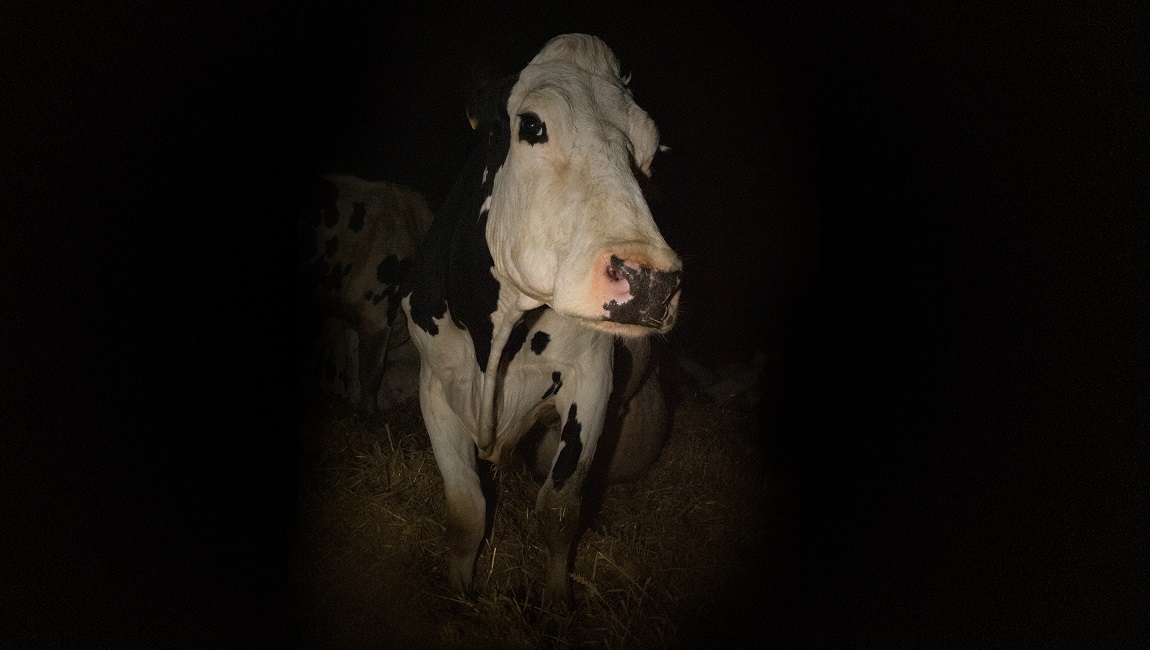It’s quite impossible (or rather absurd) to think about pop culture, and the many generations of teenagers and young adults that have fueled it, without recognizing the versatility of comic books, and the unending array of superheroes that have gradually leaped off of cheap magazine pages and into colossally budgeted blockbusters. And if there’s one author among the fandom of comics nerds and geeks whose name and reputation has as high a status as the superheroes themselves, it’s the legendary Stan Lee. This is due not only to Lee being one of the most prominent creative minds behind the Marvel comics universe, alongside long-time collaborators Jack Kirby and Steve Ditko, but also to his genial, always smiling demeanor — he himself has become a media “character,” which has made him an easy draw for the spotlight, and an idol of fan clubs, comic books symposiums, and everything else. Which is also to say that Stan Lee’s life and career isn’t the stuff of obscurity — plenty of die-hard fanatics know his story and reputation quite intimately, while even casual fans and the comics-curious will have, by this point in our Marvel age, surely heard or read a good deal about him.
All that to say, as long as you don’t go into David Gelb’s Stan Lee — a 100-year birthday anniversary documentary — expecting lots of headline-grabbing information, never-before-known trivia, or different perspectives on this cultural figure, the experience of having a familiar story collated and offered all in one place can still be plenty enjoyable. By remaining faithful to the colorful world of Stan’s artistic creation and its jovial spirit, Gelb keeps his straightforward and plainly hagiographic narrative on the light-hearted and fun side — a compliment, really, to Stan’s comic strips. Obviously, with Stan as the main character of this documentary — and almost the sole narrator, though occasionally he’s supplemented by his wife Joan Boocock, as well as the voices of Lee’s secretary, Flo Steinberg, and Kirby — Gelb allows the Marvel author’s affable personality and charm to speak both for himself and the imaginary universe that he had a hand in creating. Stan Lee relies on old footage, assorted material from the vaults of Marvel archives, letters and print documents, and a handful of recreations of certain episodes from the Lee biography — his time as a voracious book-reading West Side Manhattan kid; as a young comics wunderkind; and as a veteran pop culture icon — using clay figurines. Gelb sort of follows the same procedure that used to be known as the “Marvel Method”: writers and artists collaborating, side by side to, as Lee puts it here, enable pictures and stories to blend together perfectly and create a great comic. This filmmaker’s humble yet skillful work is mainly fueled by the idea of “illustrating” and (re)envisioning the awe-inspiring stories taken from inside Lee’s mind.
Stan Lee is breezy, kinetic, and to the point; it never bothers itself with excessively in-depth readings, or too elaborately attempts to psychoanalyze Lee or his art. Gelb shapes an adequately precise portrait of Lee’s marvelous genius and his massive achievement. Indeed, this documentary finds a fine balance: It briefly sketches out Lee’s chronological biography, and expends just enough effort on the “philosophy” behind the creation of different favorite Marvel characters, putting them in context with the grander historical, social, and political backdrops. Similarly, Stan Lee’s successful effort at revolutionizing the art of comics was founded on a perfect mix of fantasy and reality, entertainment and moral teachings, and escapist fun with humanistic concerns. In this documentary, even beyond all the inspirational first-person-narrated stories (which, inevitably, will later lead to some authorship and creative disagreements between Lee, Kirby, and Ditko), the importance and contextualization of Lee’s artistic heritage (which one may consider a mix of Andy Warhol and Ernest Hemingway) shines, as does the heartfelt message that Lee’s story imparts to youngsters about the importance of believing in ideas and dreams, despite whatever circumstances, and doing what you love to do and creating what you’re compelled to create. Beyond all that, what’s maybe most impressive here is the vintage texture and aura that Gelb captures throughout. Almost ironically, then, this particular tenor of celebration of Stan Lee’s life and work takes its audience far, far away from the bombastic, CGI-driven Marvel Cinematic Universe behemoths that frequent movie theaters and brings us instead to a place much closer to the visionary origins of hand-drawn, illustrated panels. It’s not necessarily a trip back to simpler times, but a reclamation of a more soulful, vibrant realm of fantasy.
Published as part of InRO Weekly — Volume 1, Issue 25.
Enjoy our content? Want early access to features, interviews, and more? Support us on Patreon!







